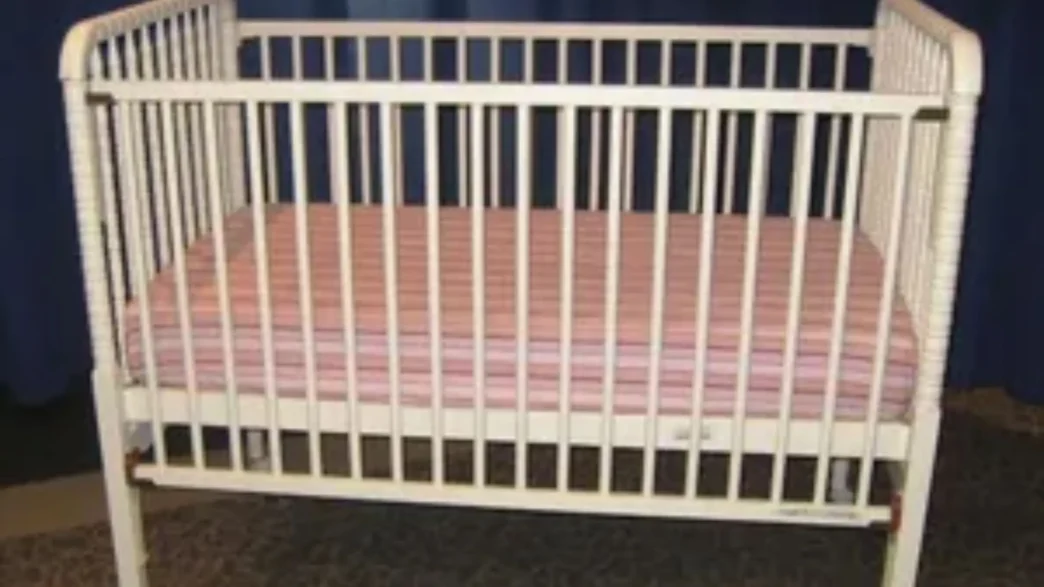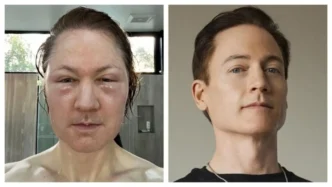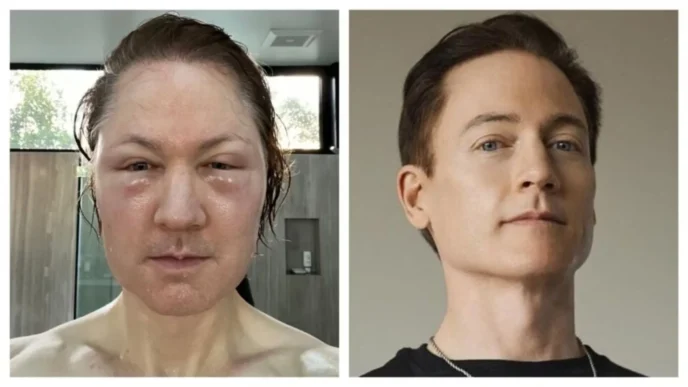Crib recalls usually happen because they’re not safe and can end up hurting babies. The big issues are things like pieces breaking off, like the drop-side parts that can come loose and leave a baby trapped or even suffocate.
Other issues include parts that come off easily, weak supports, and not sticking to safety guidelines. For instance, if a baby’s head can’t squeeze through the openings or if there’s a gap that lets a baby get caught, the crib is a hazard and needs to be recalled.
The U.S. government has stepped up its game with tougher rules to stop dangerous cribs, especially those with drop-sides, since 2011.
Understanding the Risks Associated with Cribs
Loosely constructed cribs pose a great danger and can cause death of the child or cause serious injuries to the infant.
The greatest risks are that the baby might find itself trapped in the crib such that they cannot breathe properly for instance they can be stuck between the bars of the crib or between the cushions of the chair.
Research has it that cribs are the most dangerous accessories that can be used with babies hence approximately 119 baby deaths are caused by cribs or mattresses, according to the U.S. Consumer Product Safety Commission data.
Furthermore, approximately 10000 babies are injured each year by crib related dangers, mainly by falling out when attempting to escape.
The History of Crib Recall
Over time, many crib recalls have happened because of safety problems, especially with drop-side cribs.
A big crib recall in 2009 involved Stork Craft Manufacturing recalling over 2.1 million cribs because the drop-side rails could break off, creating dangerous gaps that could trap or suffocate babies.
This crib recall showed how dangerous faulty cribs can be, causing at least four deaths from suffocation.
In 2010, another crib recall affected about 2 million cribs from different companies, like Evenflo and Delta Enterprise, because of similar issues with the drop-side rails.
These recalls made it clear that drop-side cribs were unsafe, leading to a ban on making them in 2011.
Drop-Side Cribs
Drop-side cribs have one or both sides that can be lowered for easier access. However, this feature has caused major safety issues.
The main problem is that the drop-side parts can break or come loose, creating a dangerous gap between the crib mattress and the side rail.
This gap can trap a baby, leading to suffocation or strangulation. Because of these risks, the U.S. Consumer Product Safety Commission banned drop-side cribs in 2011 after many recalls affecting over 11 million cribs since 2007.
The Crib recalls were due to reports of at least 32 infant deaths, showing the need for stronger safety rules for baby products.
How to Check if Your Crib is Recalled
Looking out for a recalled crib starts with searching on the label of your crib for the model and the maker.
Then, check on the CPSC Crib Information Center from their website to find out if your crib was recalled or not.
Register with the crib manufacturer to have the crib recall notices directly; you can also find recalls and filter by year and month at SafeKids.org to get what you need fast.
What to Do If Your Crib is Recalled
If your crib is recalled, stop using it for your child’s safety. Look on the manufacturer’s or CPSC’s websites for Crib recalls details.
Some manufacturers offer free fixes or replacements. Contact them for a repair kit or refund.
If needed, return the crib or follow the manufacturer’s instructions. Quick action reduces risks and keeps your child safe.
Consumer Rights and Responsibilities
Customers have certain legal protections when products are recalled. They can be quickly told about the recall and get a fix, like a repair, new item, or money back.
Consumers can sue the maker or seller for any harm by defective crib. It’s important for customers to tell about any dangerous products they find, as this helps keep them safe and raises awareness for others and authorities.
Telling the U.S. Consumer Product Safety Commission (CPSC) about problems can result in more investigations and more Crib recalls if needed.
The Role of the U.S. Consumer Product Safety Commission
The U.S. Consumer Product Safety Commission was formed in 1972 with a primary objective of preventing harm to consumers through safe products, such as cribs.
Its functions include researching complaints on unsafe products, investigating possible dangers of some products, and coordinating recalls.
Checks into the safety of products through inspections and data on hospital-injury cases. In case of detection of a problem, they work with companies to correct it or recall a product.
They also have a website called SaferProducts.gov where you can report safety problems and check for recalls, which helps spread the word and keep everyone safe.
Currently, protecting babies is a top priority and knowing when a crib is recalled is also important.
If parents are careful and take some necessary measures, they will be shielded from the dangers which are connected with unsafe cribs.
Such information enables parents to make good decisions thus reducing danger to their children through safety rules besides accessing other CPC resources such as the one discussed above.













